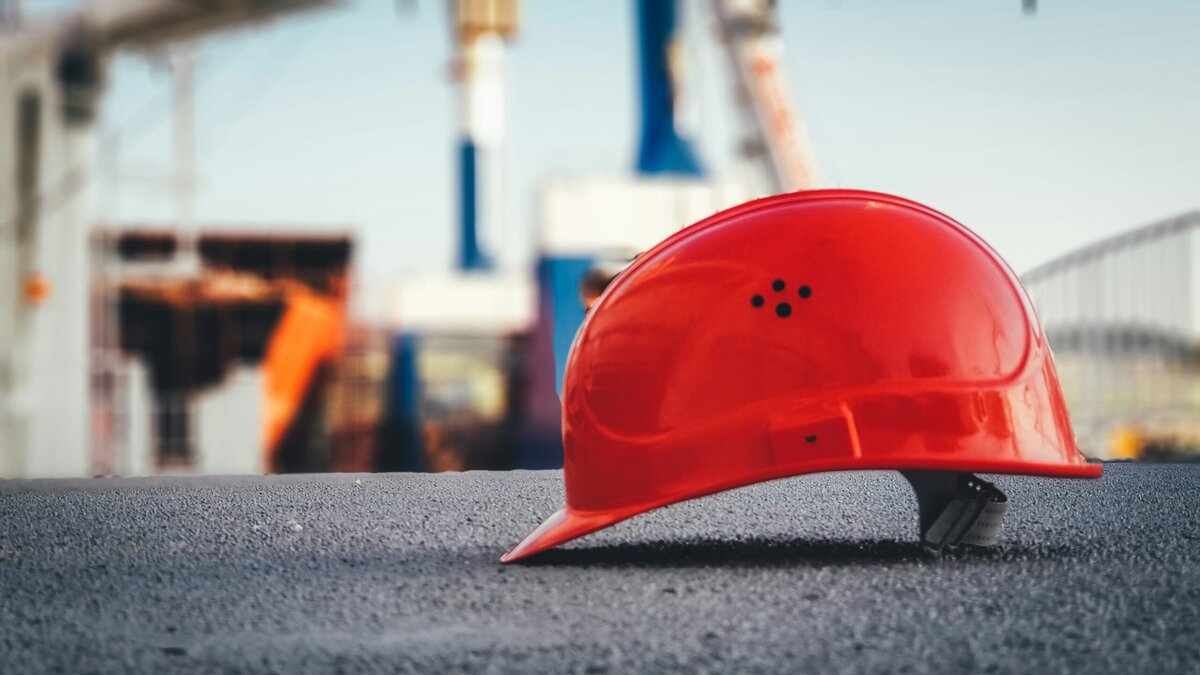
The UK construction industry is a behemoth. It underpins the nation’s infrastructure, and represents hundreds of billions of pounds in revenue each year – expected to rise to £476.6 billion by 2027. This industry is built on the hard work of hundreds of thousands of well-trained workers, whose time and efforts have been invested in by firms and who invest their care into each build. Regulation, though, is a key factor in the success of construction firms.
Just as healthcare and life sciences organisations are well-regulated to enshrine the safety of patients – whether in the trialling of new drugs or in primary care –, so too are construction firms regulatorily required to ensure health and safety. How, though, do UK construction businesses meet their compliance requirements?
UK Health and Safety Regulations
There are numerous different health and safety regulations, enshrined in UK legislation, that describe the responsibilities of a construction firm to its staff, clients and wider public alike. The most commonly-cited is the Health and Safety At Work Act 1974, which is attributed to the birth of proper workplace health and safety writ large. The Personal Protective Equipment at Work Regulations 1992 is another prominent act, which saw the mandated provision and wearing of protective equipment in unsafe working environments.
These regulations are not the whole story, though. Building regulations also have a major part to play in construction safety, detailing as they do the processes and materials that should be utilised to ensure a safe build and a safe finished build. How does all this break down, though, when it comes to ensuring safety?

Safety Equipment
The provision of personal protective equipment, or PPE, is a major consideration for construction firms. Not only must they provide PPE at no cost to their staff, but they must also provide comprehensive training in their proper use. This way, accidental injury through improperly-deployed PPE can be minimised, as well as injuries overall.
Training
Speaking of which, training is an essential provision across the board in construction, particularly with regard to construction site conduct and best practice for operating machinery. Regular training programmes are essential, even for the most seasoned of teams; this is to ensure that all workers are working from the same knowledge, and hence in step with one another.
Build Quality
Building regulations are key to guaranteeing a base level of quality in the finished product; again, they describe best practice for handling and installation of materials, as well as must-have elements in building design to ensure occupant safety after completion. An example of this might be compartmentalisation, where zones of a building’s interior should be bounded by fire-retardant materials to reduce the likelihood of fire spreading further than one place.
Each stage of work is signed off by an inspector, to make sure nothing is out of spec and the project can proceed as normal. Regular checks and balances ensure construction projects do not veer off-piste, and also ensure workers are kept on their toes.
